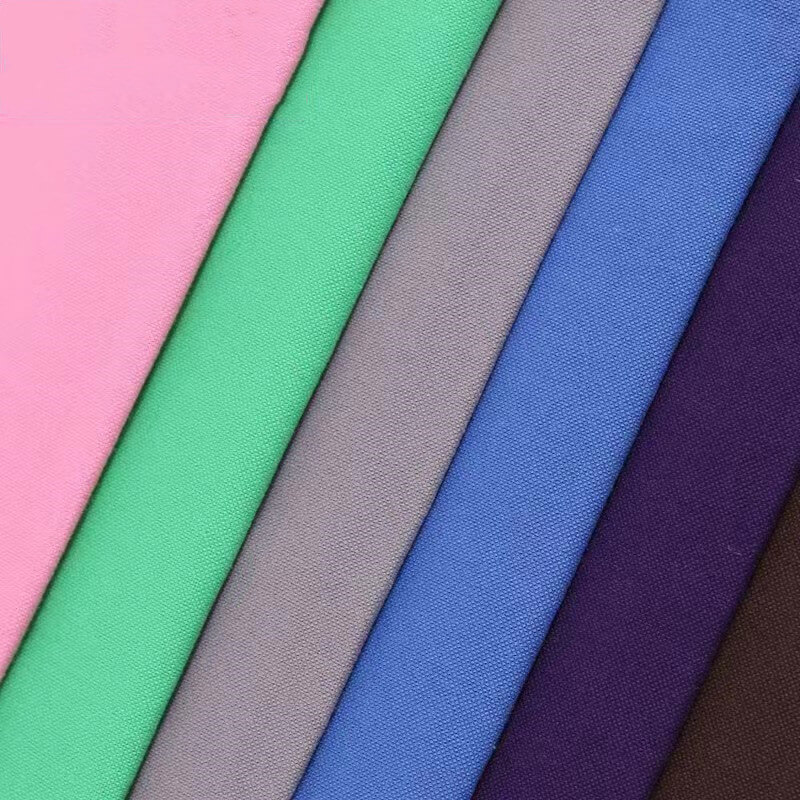Product Details
Product Introduction
Oxford cloth dyed fabric is a traditional combed cotton fabric, originated in the UK, named after Oxford University. It is made of combed high-count yarn double warp, interwoven with heavier weft yarn, with soft color, soft cloth body, good air permeability, comfortable to wear, and is often used in shirts, sportswear, pajamas and other fields. Oxford cloth dyed fabrics are diverse, including pullover, full-stretch, nylon, and Tig series. The main components are polyester-cotton blended yarn and cotton yarn, using weft-heavy plain weave or checkered plain weave, with the characteristics of easy washing, quick drying, and soft touch. There are a variety of patterns and colors to choose from on the market, such as plain color, bleached warp and white weft, colored warp and weft, etc. After PU, waterproof, and anti-static treatment, it has stronger functionality and is widely used in the field of luggage production and flood and rain prevention products. The quality performance of Oxford cloth dyed fabric can be tested by various testing equipment, such as material tensile testing machine, peeling tester, etc., to ensure the excellent performance and durability of the product.

Advantages and features
1. Use high-quality polyester-cotton blended yarn and cotton yarn to ensure the softness and durability of the fabric.
2. It has soft color, soft feel, excellent breathability and wearing comfort.
3. It has the characteristics of easy washing and quick drying, which facilitates daily maintenance and cleaning.
4. Can be treated with PU, waterproof, and anti-static treatments to significantly enhance the functionality of the fabric.
5. A variety of patterns and colors are available to meet diverse design and application needs.
6. Ensure the excellent performance and durability of the product through tests such as material tensile testing machines and peeling testing machines.
Application Scenario
1. Suitable for manufacturing shirts, sportswear, pajamas and other clothing.
2. Widely used in the production of luggage and flood and rain prevention products.
3. Can be used for the production and research and development of high-end fabrics and textiles.












.jpg?x-oss-process=image/resize,m_fill,h_300,w_300/format,webp)
.jpg?x-oss-process=image/resize,m_fill,h_300,w_300/format,webp)
.jpg?x-oss-process=image/resize,m_fill,h_300,w_300/format,webp)
.jpg?x-oss-process=image/resize,m_fill,h_300,w_300/format,webp)
.jpg?x-oss-process=image/resize,m_fill,h_300,w_300/format,webp)
.jpg?x-oss-process=image/resize,m_fill,h_300,w_300/format,webp)










